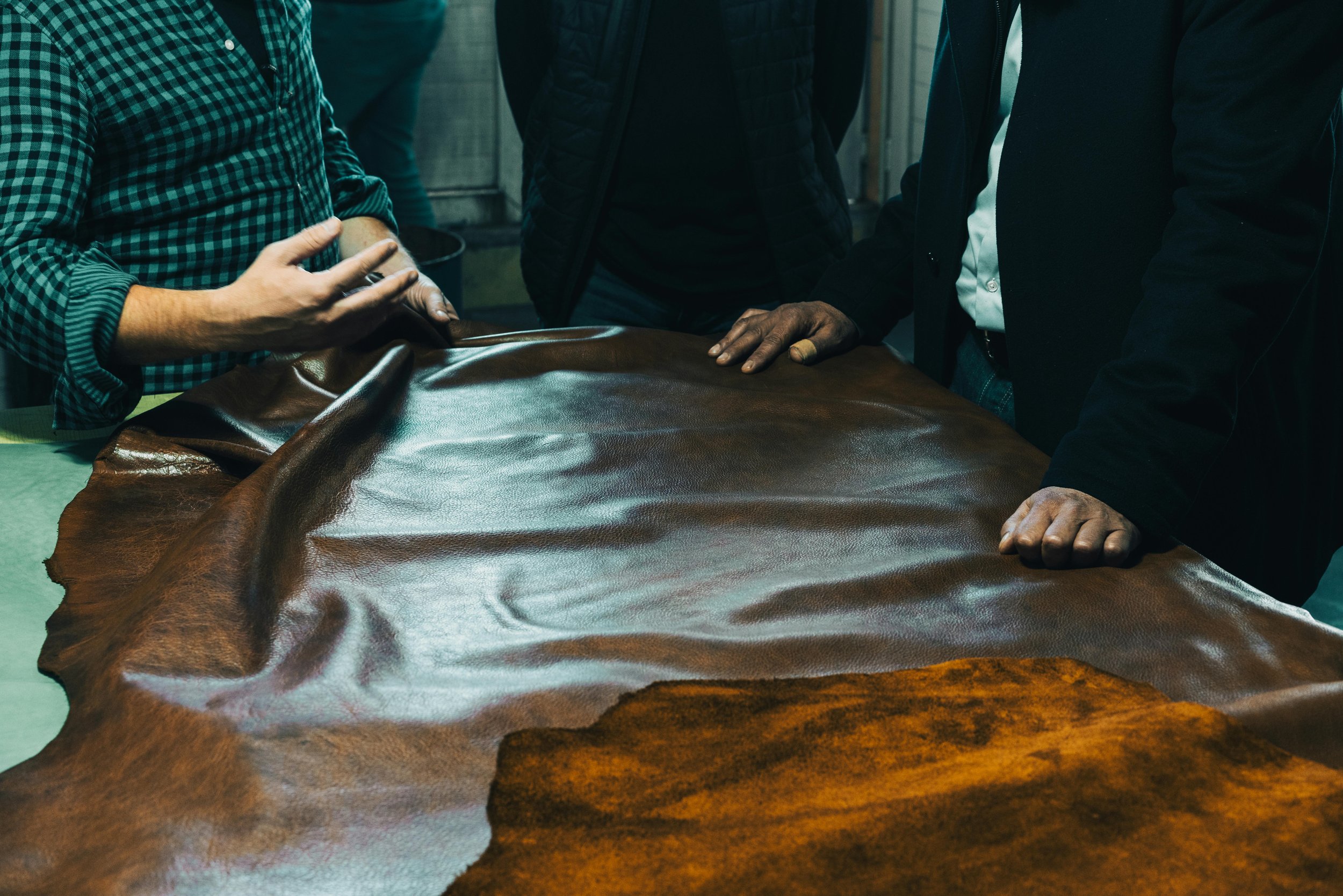What You Need to Know: Becoming a Leather Technologist
Written by Valentine Fabre
Discover lesser-known jobs within the fashion and luxury industry with the new “What You Need to Know” series to find your most suitable career path.
You may have dreamt about Fendi’s exquisite leather goods or of owning an iconic Hermès Birkin bag, but have you ever considered what goes into making such timeless pieces? Introducing the leather technologist, one of the oldest professions in the world.
With an estimated global value of over $440 billion in 2022, the leather industry boasts a long history of innovation and craftsmanship upheld by its battery of artisans. These professionals are responsible for overseeing the processing of raw material into leather as well as researching and developing innovative ways to make the practice more sustainable.
Here is everything you need to know about the craft.
What Will I Be Doing?
Specialised in the making of leather from raw materials such as animal skin to, most recently, mushrooms, leather technologists are in charge of the following:
Prep: cleaning and purifying raw materials
Tanning: the process of altering skins’ protein structure to make them more durable
Re-Tanning and Dyeing: preparing the hide to receive the dye as well as dyeing it permanently
Fat-Liquoring: oiling the leather to make it softer and more flexible
Finish: applying a surface coating before drying
The process varies depending on the end product the leather is made for, be it accessories, footwear or garments. Deciding on a suitable procedure requires extensive knowledge of leather and its specific requirements, in addition to monitoring waste and administering quality control.
Still, a leather technologist does not solely work on transforming the material into product — you can also work in a laboratory, carrying out tests and researching innovations within the field. In recent years, that has mainly concentrated on the development of sustainable and vegan leather alternatives, such as mushroom and apple-based materials.
Where Would I Be Working?
As a leather technologist, your work environment can be quite diverse. You may choose the aforementioned path and work for a laboratory, pursuing research-based projects; alternatively, you could also work on product-based projects, either in-house at a brand such as Prada or working for a supplier, providing materials for a larger base of customers.
How Do I Become a Leather Technologist?
As a highly technical career path, to become a leather technologist you will most likely need to obtain a relevant diploma. Degrees in Leather Technology or Fashion and Design Technology would be great places to start, as they will give you the tools and knowledge necessary for pursuing this career path. Such degrees usually require a high-school diploma (or equivalent), as well as a portfolio of your work, which does not necessarily have to be leather-related, but rather show your understanding of garment-making as well as your creativity.
You can also look into vocational apprenticeships or on-the-job training opportunities in Fashion or Textile and Leather Production to gain hands-on experience. These are famously available in Northern Italy or Kanpur in India, but you may also find them in other production hubs if you research your specific locality.
Discover other career paths directly at The Glowth Academy.
Written by Valentine Fabre

